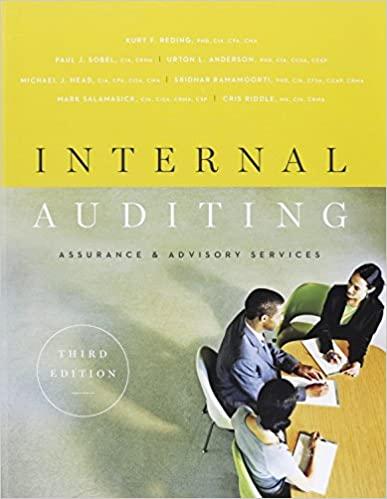Answered step by step
Verified Expert Solution
Question
1 Approved Answer
Step 1 Step 2 Step 3 Brown Cow Dairy uses the aging approach to estimate bad debt expense. The ending balance of each account receivable
 Step 1
Step 1

 Step 2
Step 2
 Step 3
Step 3

Step by Step Solution
There are 3 Steps involved in it
Step: 1

Get Instant Access to Expert-Tailored Solutions
See step-by-step solutions with expert insights and AI powered tools for academic success
Step: 2

Step: 3

Ace Your Homework with AI
Get the answers you need in no time with our AI-driven, step-by-step assistance
Get Started


